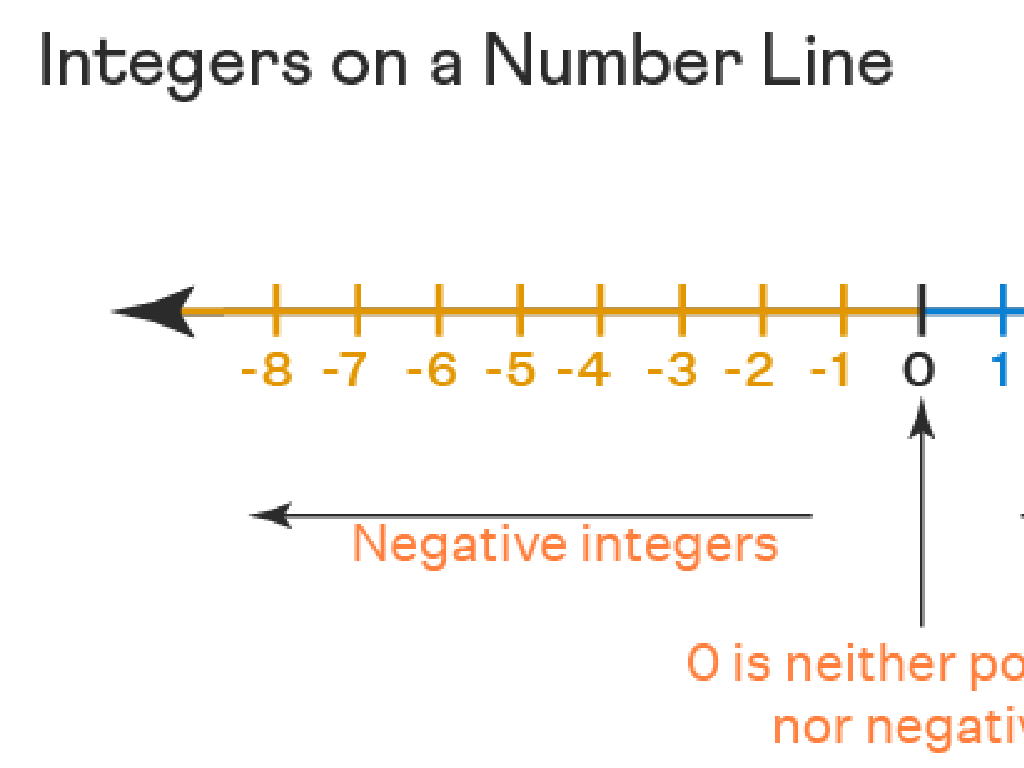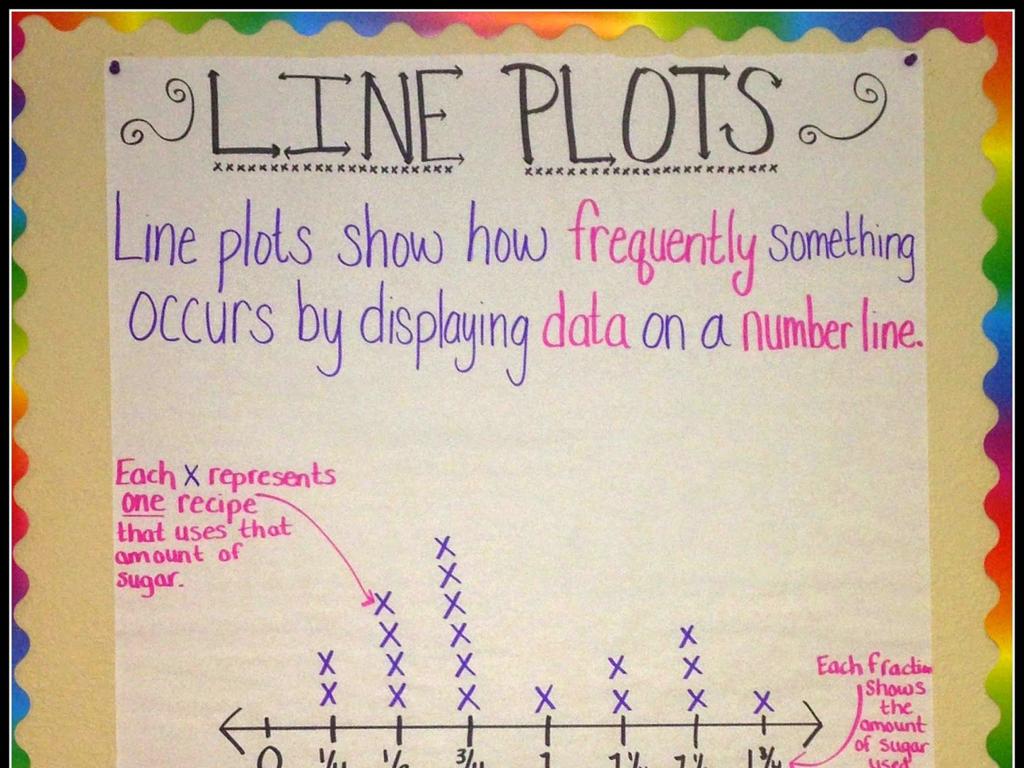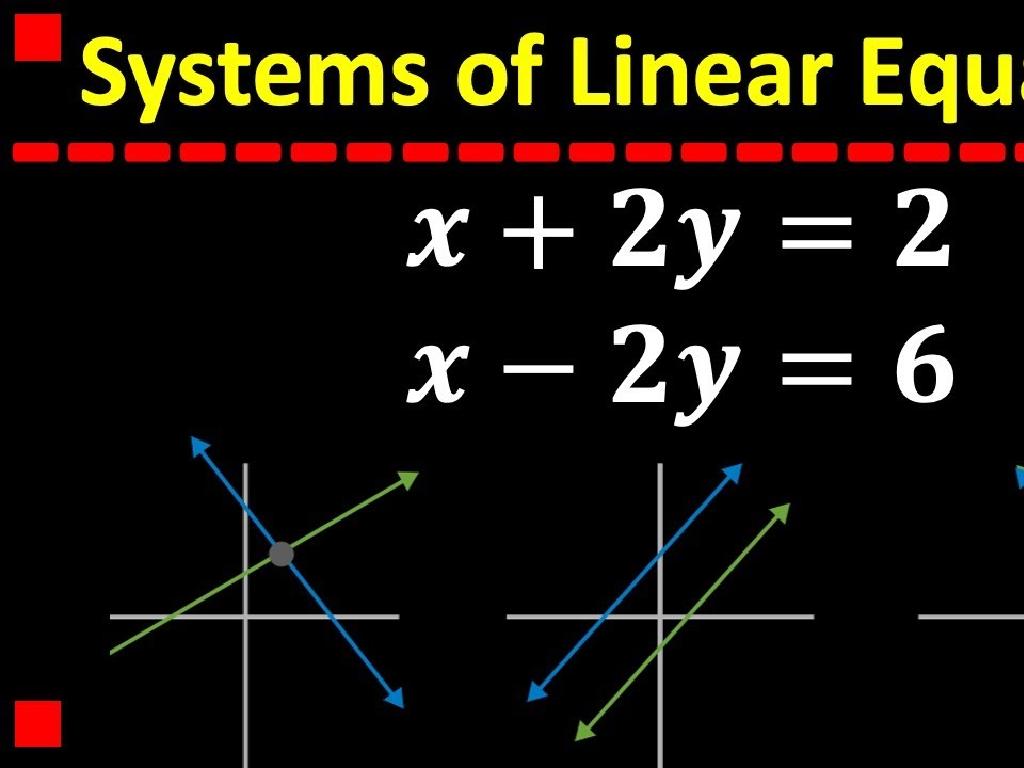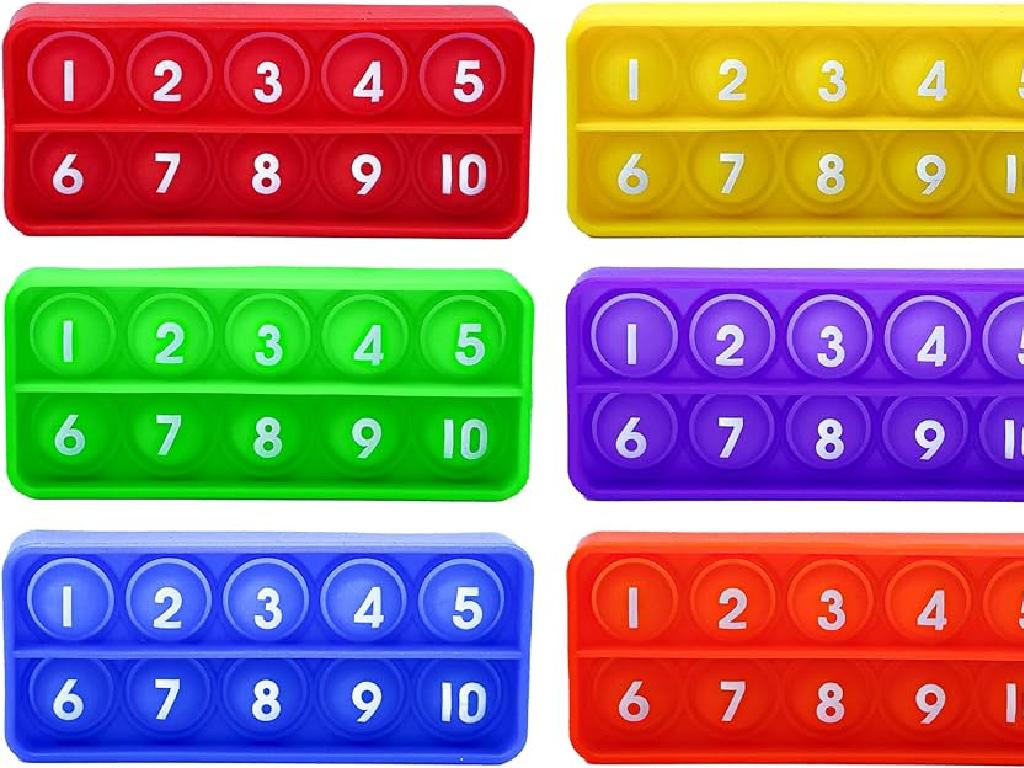Fewer And More - Compare By Counting
Subject: Math
Grade: Pre-k
Topic: Compare Groups
Please LOG IN to download the presentation. Access is available to registered users only.
View More Content
Today’s Adventure: Fewer and More
– Greet our little mathematicians
– Explore ‘Fewer and More’
– ‘Fewer’ means not as many, ‘More’ means a greater number
– Count to compare groups
– Use objects like blocks or toys to count and see which has more or fewer
– Fun with numbers!
|
Welcome students to the class with enthusiasm to set a positive tone for the lesson. Introduce the concept of ‘Fewer and More’ by explaining that these words help us compare quantities. Use tangible items like blocks, crayons, or toys to demonstrate the concept. Have the children count items in two different groups to determine which has more or fewer items. Encourage participation and make the activity interactive by asking the children to predict before counting. This hands-on approach helps solidify the concept of comparing quantities in a fun and engaging way. Prepare to have different sets of items ready for the children to count and compare.
Understanding ‘Fewer’ in Groups
– ‘Fewer’ means a smaller number
– Comparing apples and oranges
– If you have 2 apples and 5 oranges, you have fewer apples.
– Counting to find ‘fewer’
– Let s count items to see which group has fewer.
– Practice with fun examples
|
This slide introduces the concept of ‘fewer’ to Pre-K students by comparing quantities in two different groups. Start by explaining that ‘fewer’ means not having as many items as another group. Use tangible examples like apples and oranges to illustrate the point. Encourage the children to count the number of items in each group to determine which has fewer. Provide additional simple examples for the students to practice with, such as toys, blocks, or stickers, to reinforce the concept. The goal is to make the learning process interactive and enjoyable, helping the students to grasp the concept of comparing quantities through counting.
Understanding ‘More’ in Numbers
– ‘More’ means a bigger amount
– Comparing bananas and grapes
– If we have 8 bananas and 3 grapes, we have more bananas
– Count to see which is more
– Use counting to find which group has more items
– Practice with different items
|
This slide introduces the concept of ‘more’ to Pre-K students by comparing quantities. Start by explaining that ‘more’ refers to a larger number of items. Use visual aids like pictures of bananas and grapes to illustrate the point. Have the students count the number of bananas and grapes to determine which group has more. Reinforce the concept by practicing with different sets of items, encouraging the children to count out loud and use their fingers to keep track. The goal is to make them comfortable with comparing quantities through counting and understanding the concept of ‘more’.
Comparing with Counting
– Counting to compare groups
– Count items in two groups to compare them
– Which group has more?
– Count and find the group with the bigger number
– Which group has fewer?
– Count and find the group with the smaller number
– Understanding ‘more’ and ‘fewer’
|
This slide introduces the concept of comparing quantities using counting as a tool. Teach the children to count items in two separate groups and then determine which group has more items and which has fewer by comparing the numbers they’ve counted. Emphasize that ‘more’ means a larger number of items and ‘fewer’ means a smaller number. Use real-life examples like comparing the number of apples to oranges in fruit baskets or the number of cars versus bicycles in a picture. Encourage the children to practice by counting objects in the classroom or at home. This activity will help them develop their counting skills and understand basic comparison concepts.
Let’s Practice Together: Counting and Comparing
– Count objects in pictures together
– Determine which group has more
– Does the group of apples or oranges have more?
– Determine which group has fewer
– Which has fewer: 2 dogs or 4 cats?
– Use fingers to assist counting
|
This slide is designed to engage Pre-K students in a hands-on counting activity. Display pictures with different groups of objects and guide the students to count each group aloud. Encourage them to use their fingers to keep track of the count, which helps with their fine motor skills and number recognition. After counting, ask questions to identify which group has more items and which has fewer, reinforcing the concept of comparison. This activity will help students understand the basic concepts of quantity and comparison. For the teacher: Prepare diverse sets of images with clear differences in quantity. Be ready to assist students who may struggle with counting and offer praise for effort and participation.
Fun With Fewer and More
– Games make learning fun
– Play ‘Fewer and More’ with items
– Use toys or snacks to see which has fewer or more
– Counting helps us compare
– Count items to find out which group is bigger or smaller
– Practice makes perfect
|
This slide introduces the concept of comparing quantities using games, which is an effective learning tool for Pre-K students. The game ‘Fewer and More’ can be played using familiar items such as toys or snacks, allowing children to physically count and compare the number of items in each group. Emphasize the importance of counting as a fundamental skill in determining which group has fewer or more items. Encourage students to practice this skill regularly to improve their understanding of comparison and numbers. During the activity, guide them through counting each group and deciding which has more or fewer items. This hands-on approach helps solidify the concept in a fun and engaging way.
Class Activity: Counting Party!
– Let’s start our counting party!
– Count objects to see fewer or more
– Use toys or blocks to count and see which pile is bigger
– Count with friends and compare
– Work in pairs to practice counting
– Discover which group has more
– After counting, decide which group has more items
|
This activity is designed to be a fun and interactive way for Pre-K students to understand the concept of comparing quantities. Set up stations with different sets of objects like blocks, stickers, or toy cars. Have the children work in small groups to count the items in each set. Encourage them to use their fingers or marks on paper to keep track of the numbers. After counting, they should discuss with their friends which set has more or fewer items, reinforcing the concept of comparison through counting. Provide guidance and ensure each child participates. Possible variations of the activity could include using different types of objects, counting items in pictures, or even comparing the number of steps taken to reach a certain point in the classroom.
Conclusion: Celebrating Our Counting Skills
– Proud of our counting today
– Understanding fewer and more
– Fewer means not as many; more means a larger number
– Applaud ourselves for learning
– Let’s clap our hands for our hard work!
– Excited to count more in the future
|
As we wrap up today’s lesson on comparing quantities by counting, it’s important to celebrate the children’s achievements. Reinforce the concepts of ‘fewer’ and ‘more’ by using clear, simple language and examples they can relate to. Encourage the children to feel proud of their new skills by clapping for themselves, which also helps to build their confidence. Looking forward, get them excited about using these skills in everyday situations, like comparing the number of snacks they have versus their friends, to reinforce learning through real-life application.






